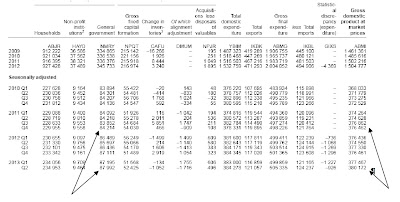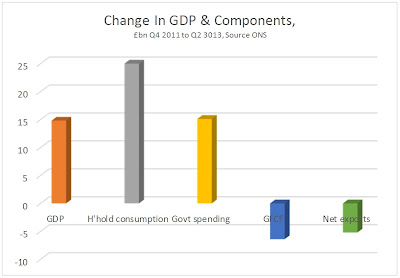Capping energy prices and investment in renewables are both requiredBy Michael Burke
The announcement by Ed Miliband that Labour would temporarily cap energy prices is a welcome one. But the reaction to it reveals to deep-seated problems of the British economy and British politics.
According to Labour’s own (uncontested) research household energy bills have risen by 29% in 3 years. Therefore the pledge to cap prices rises for 20 months is really a very modest reform. According to a campaign tool ‘Freezethatbill’ the average household has seen bills rise by £300 under the Tories and will save £112 a year from this policy. That would be an estimated saving of £160 in total.
The reaction to this moderate plan has been vociferous and extreme. Lurid headlines about the lights going out in Britain have been accompanied by open threats from the large energy companies to discontinue investment. SEB has long argued that the cause of the slump is an investment strike by private firms. The energy companies threatened to make that an all-out strike in their sector.
The Tory energy secretary and a host of MPs immediately relayed the threats of the energy companies. This is hardly surprising given the very large donations those companies make to the Tory Party. The Tory Press did likewise.
However it cannot be argued that this was simply scaremongering, based on empty threats. It is already the case that the energy companies do not invest sufficiently, either in storage capacity or in renewables. The energy companies, especially those controlling energy reserves, have previously withheld supplies in order to push up prices. It was previously reported that in March this year the British economy was just half a day away from running out of gas. But the reality was that energy companies withheld available supplies, which drove up liquefied natural gas prices to 150p a therm, from 57p earlier in the year.
In pursuit of profits, the energy companies have been willing to collude in driving up prices, and endangering supply. They are able to do this, in part, because existing capacity is extremely limited and they are an oligopoly.
This is the real threat to Ed Miliband’s policy. Clearly the price pledge is only relevant if wholesale energy prices are rising. Capping retail prices for business and household consumers while wholesale prices are rising can only lead to a profits squeeze. As a result the energy companies threaten that they will reduce their already inadequate level of investment, even while some of them have caved in on the temporary price freeze. This could lead to energy shortages and would end Ed Miliband’s much more ambitious goal of de-carbonising energy production by 2030.
The financial position is clear. Taking the shareholder payout from just British Gas, Centrica, Scottish & Southern Electricity and National Grid alone the current annual dividend is £3.4bn. Yet despite the imperative for investment in renewables, the level of investment has halved from already low levels over 3 years.
This private investment slump has been exacerbated by the withdrawal of state investment in the energy sector under this government. Private companies have proved incapable of providing the necessary investment for long-term projects over a prolonged period. They are simply unwilling to take the risk. Yet the current government has reduced its own investment in subsidies for renewables which reflects its commitment to the oil companies and in pursuit of the illusory benefits of fracking.
Ed Miliband’s policy of capping energy prices is very welcome. It makes a small contribution to softening the fall in living standards. But the extreme response to it highlights the complete unwillingness of the energy companies to provide the necessary investment in renewables and storage capacity. De-carbonisation and energy security require large-scale state-led investment. Instead dividend payouts to shareholders are at record levels. Faced with sabotage and threats from the energy companies, nationalisation is a necessary step that can lead to the investment that is imperatively required.



Recent Comments